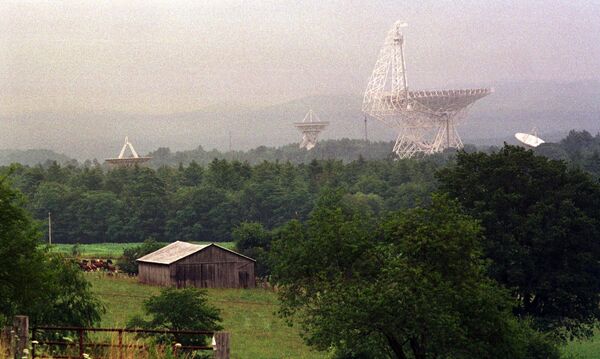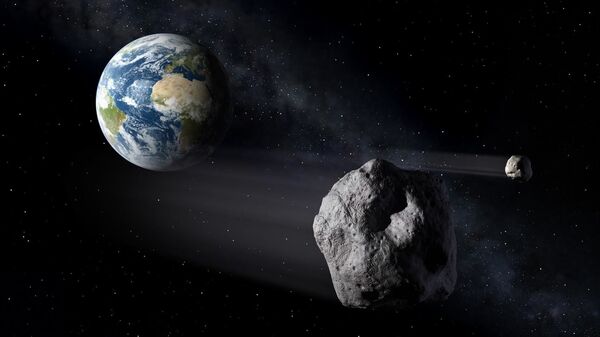Two moderately-sized asteroids are on course to intersect with Earth’s path in December, according to a statement by NASA.
According to the space agency, the first asteroid that will approach Earth has been identified by the Center for Near-Earth Object Studies (CNEOS) as 2019 WH2.
According to the CNEOS database, this asteroid, with an estimated diameter of about 79 feet, is currently traveling through space at an average speed of 23,000 miles per hour.
The second asteroid set to hurtle past Earth at the start of December is called 2019 WN1.
About 98 feet wide, CNEOS estimates its current velocity at about 22,000 miles per hour.
Both 2019 WH2 and 2019 WN1 have been classified as Apollo asteroids, distinguished for having very wide orbits that go around the Earth and the Sun.
Occasionally, their orbits intersect with that of Earth’s.
The orbits of the two space rocks suggest that they are capable of colliding with the planet, with the likely result they would burn up in the atmosphere and explode in the sky instead of crashing to the ground.
Nonetheless, they can hardly be dismissed as harmless, since they are more massive than the 66-foot asteroid that detonated over Russia’s Chelyabinsk in 2013.
The Chelyabinsk meteor was a superbolide that entered Earth's atmosphere over Russia on 15 February 2013.
It was caused by an approximately 20 m (66 ft) near-Earth asteroid.
Due to its high velocity and shallow angle of atmospheric entry, the object exploded over Chelyabinsk Oblast, at a height of around 29.7 km.
Some 7,200 buildings in six cities across the region were damaged by the explosion's shock wave.
Scientists have dismissed any fears of the two incoming asteroids presenting any immediate danger of hitting our planet during their upcoming approach.

According to CNEOS, 2019 WH2 will approach Earth on 1 December at 3:46 am EST from a distance of 0.00873 astronomical units or roughly 811,000 miles away.
The second space visitor, 2019 WN1, will visit Earth’s vicinity on 1 December at 4:14 pm EST. According to tracker estimates, it will be about 0.01095 astronomical units or about 1 million miles from the planet’s center.
Asteroids are rocky remnants dating back to the distant times when our solar system was formed, with most of them found orbiting the Sun between Mars and Jupiter within the main asteroid belt.
In a fun fact, scientists have calculated that the total mass of all the asteroids in the main asteroid belt combined is less than that of Earth's Moon.





